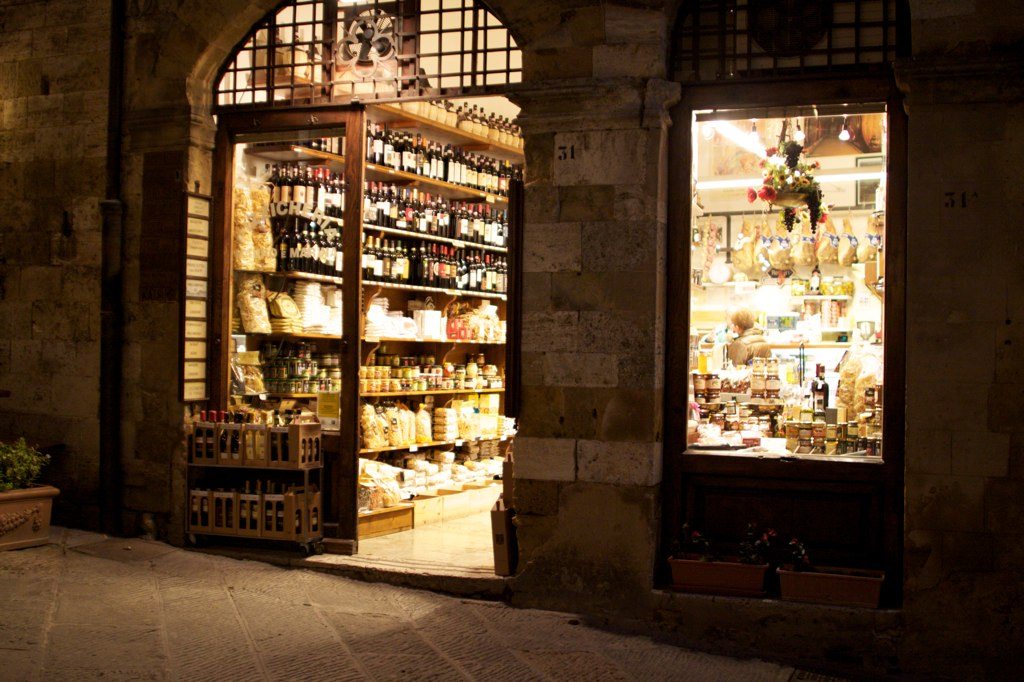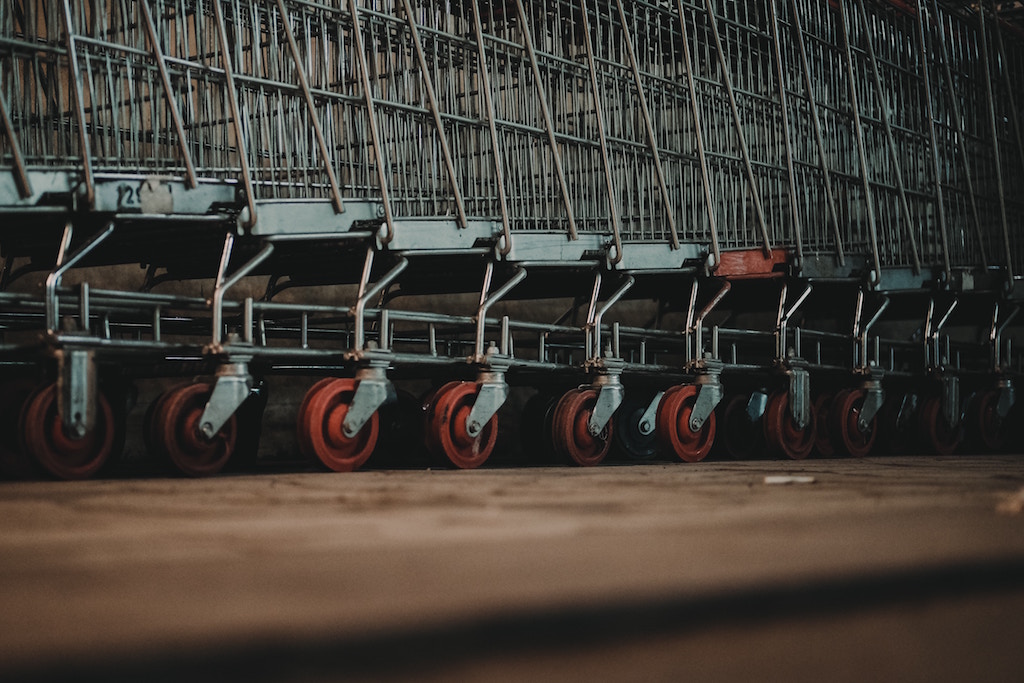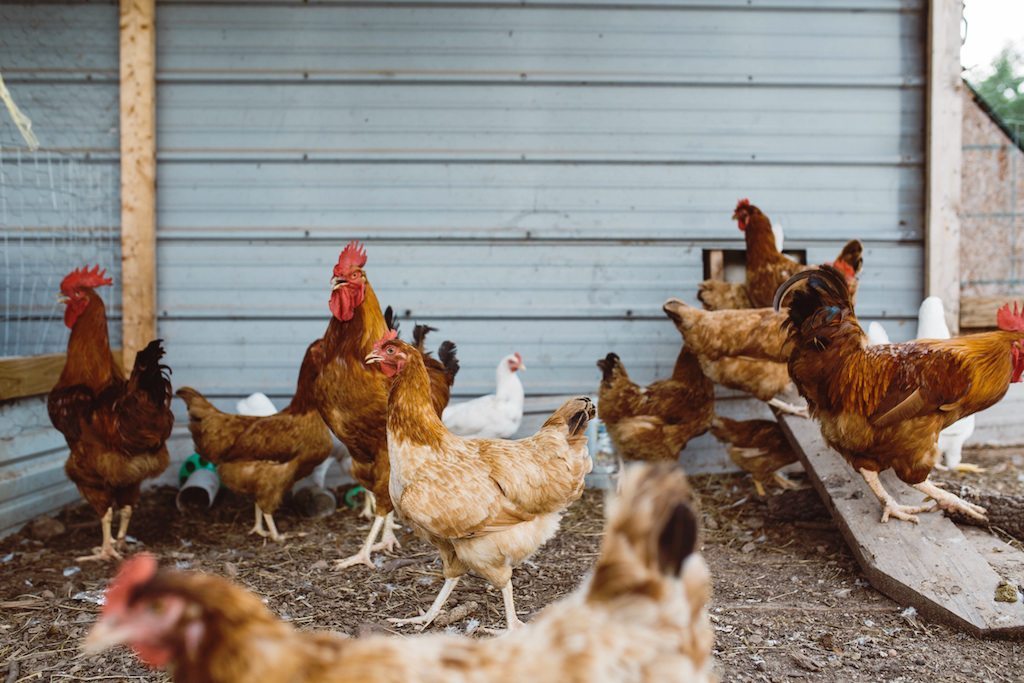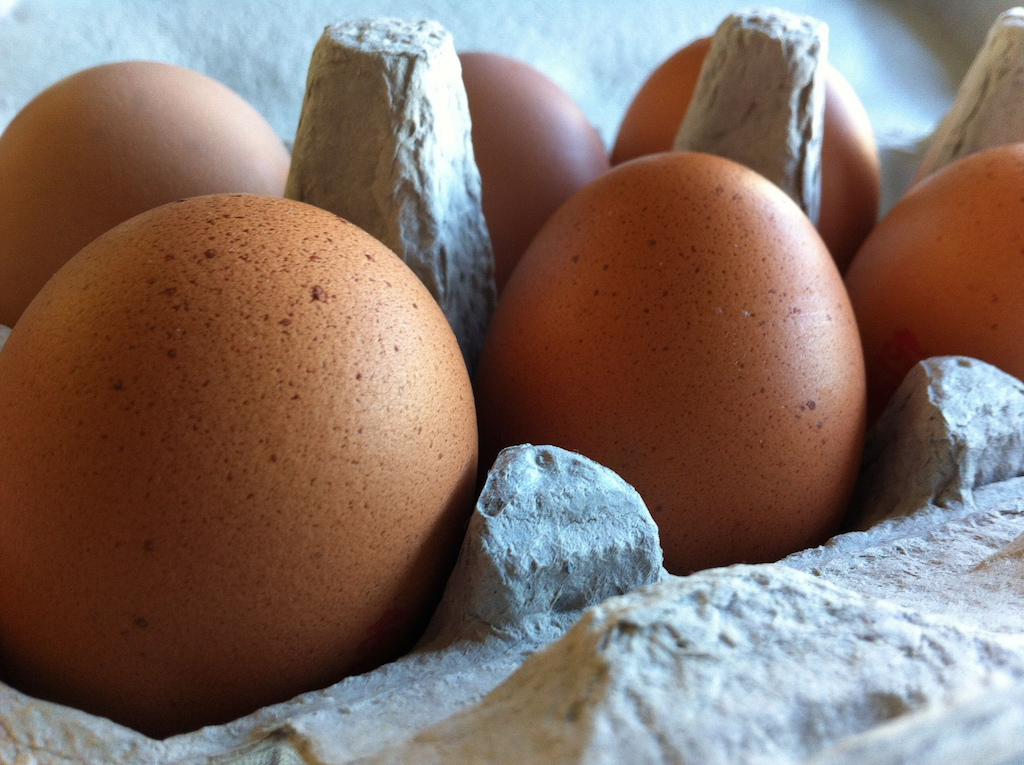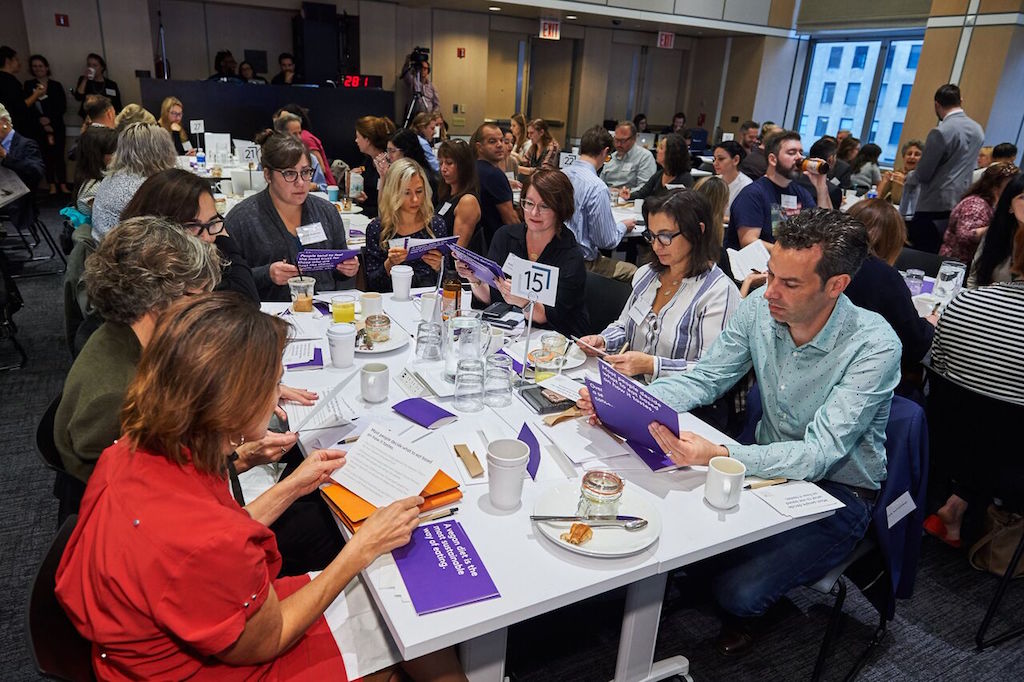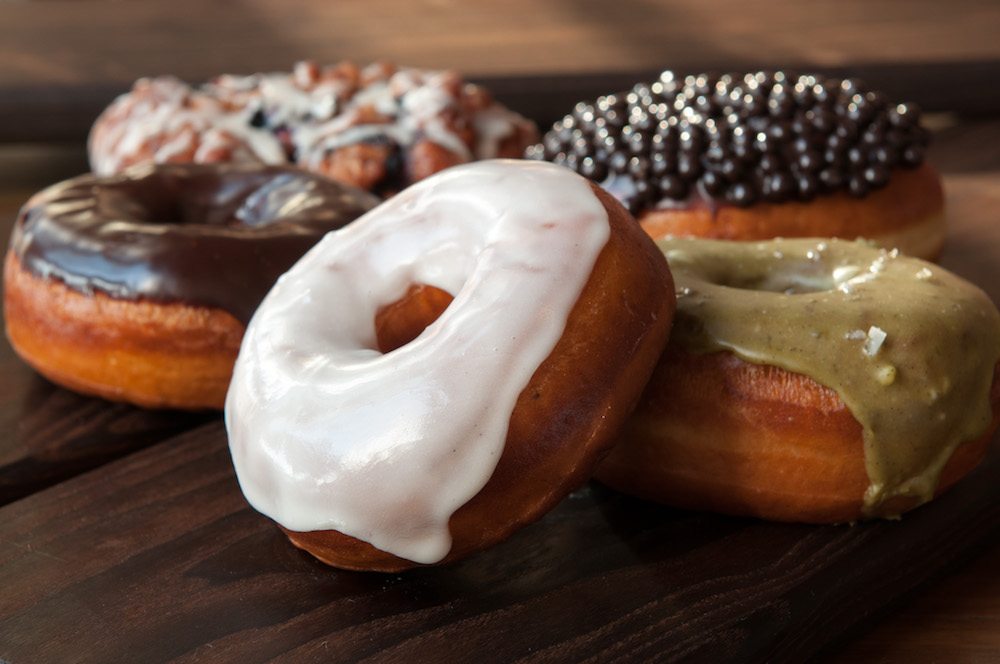It used to be that the words “grocery store” meant one thing: Your local, 40,000-square-foot, wide-aisled, and familiar food retailer—home to all your favorite brands and host of your weekly (or daily, depending) two-hour shopping appointment. Now, “grocery” means many more things: “fresh-format” (focused largely on fresh perimeter items) like Sprouts, “limited-assortment” like Aldi, “super-warehouse” like Costco, and … well, online retailer.
But while the traditional grocery format has been steadily losing dollar share for as long as three decades, all signs point to Thursday as a particularly bleak day for brick-and-mortar. CNBC reported that grocery stocks took a tumble after news broke that Amazon’s acquisition of Whole Foods will officially close on Monday. The two companies announced in a press release that customers can immediately expect “lower prices on products like Whole Trade bananas, organic avocados, organic large brown eggs, organic responsibly-farmed salmon and tilapia, organic baby kale and baby lettuce, animal-welfare-rated 85% lean ground beef, creamy and crunchy almond butter, organic Gala and Fuji apples, organic rotisserie chicken, 365 Everyday Value organic butter, and much more.”
It’s a development we might’ve seen coming. Analytics company Inmar Willard Bishop last week released its Future of Food Retailing report, which it has published annually since 1983. Basic gist? Food retailing continues to be denatured by mergers and acquisitions and “digital commerce continues to impact the majority of food-related purchases, whether through online shopping, click-and-collect, or as an information source that is reshaping the path-to-purchase.”
“Click-and-collect”: catchy, right? But it almost seems quaint and provincial, given recent news of plans for floating drone warehouses and Instant Pick Up. Here’s the thing, though: While flashy, tech-takes-all headlines might tempt us into believing that the story is “RIP, Traditional Grocery,” we’re not quite there yet. And that’s for a number of reasons.
First, the “path-to-purchase” isn’t free of distraction—and there’s little consumer loyalty to any one channel. That’s not how it used to be, of course. Five years into Inmar’s analysis of the category, in 1988, traditional grocery took 90 percent of the dollar share. But now, says director of marketing, Jeff Rice, “Consumers are willing to shop more channels. And we have so many more ways to get food that we didn’t have even two years ago. We have Walgreens selling fresh sushi. And I hear it’s good!”
Second, stores themselves—and expectations of their success—are changing. “There’s too much retail square footage,” says Rice. “The traditional grocery store is going to become smaller. It’s not going to be the 40,000-square-foot store you’re used to. And people are going to raise the expectation of financial performance [for those stores] and if it’s not met, they’re going to shutter them.”
What happens after that sends us right into the gray area, our favorite place to be. The report shows that in 2016, traditional grocery sales decreased a little over 4 percent to $561 billion, and market share declined 1.7 percent, bringing the channel’s total market share to 44 percent. It also predicts that by 2021, we’ll have lost more than 4,200 traditional grocery stores. But Rice says that doesn’t mean the channel is going to decline as much as we might think.
For one thing, we’re not totally clear on our metrics of success. The e-commerce category used to be dominated exclusively by pure-play e-tailers (as Amazon was, before it got into food), but now that category has expanded to include online food retailers that don’t fit neatly into the previously established formats—take online meal-kit company Blue Apron, for instance. E-commerce is a swiftly moving and wildly fluctuating classification with limited historical data. That poses a challenge in predicting future market conditions.
So, how will we know who is going to win and lose in the future of food retailing? Rice says there are only two ways to compete. On one end, you have companies that excel in differentiation. On the other end, you have companies that can offer the lowest price. Everyone else is stuck in the middle, trying to find their way.
“We are now to the point that change is going to happen in order of magnitude and the whole trick is going to be who is able to do what Walmart has always done,” says Rice. “Test and learn, test and learn, test and learn. Try stuff, scrap it quickly, learn from it. We’re not going to be on this incline, then we plateau, and stay there for a while. It’s going to be pretty much a straight diagonal uptick.”
Amazon is willing to sacrifice profits to enter a channel and learn. And future success may come down to which companies can sustain the financial risk involved in testing and learning. But, says Rice, it’s not totally over for brick-and-mortar. “There’s not ever going to be the end of ‘the store,’” he says. No. Just the end of the store as we know it.




